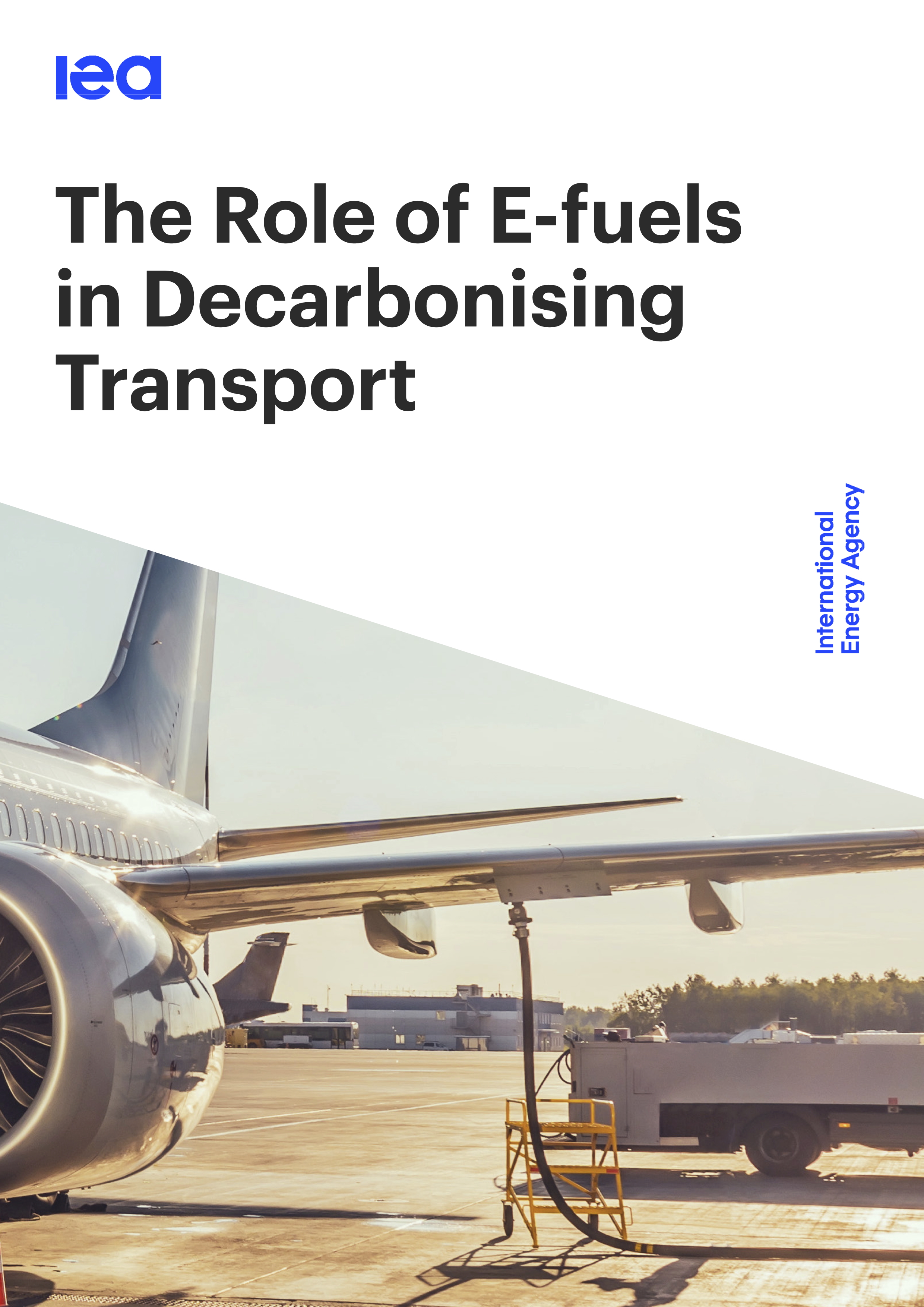The potential of drop-in biofuels for the maritime industry

In this TU Delft study, various scenarios were developed that correspond to estimations of future biomass availability and biofuel demand from the maritime industry. These marine biofuel demand scenarios were based on the Greenhouse Gas (GHG) reduction targets of the Renewable Energy Directive II (RED II) and the International Maritime Organization (IMO). A multi-objective Mixed Integer Linear Programming (MILP) model was developed which is used to optimize the Well-to-Tank (WtT) phases of each studied scenario. This resulted in an overview of the most feasible use of feedstocks, deployment of new conversion technologies, and trade flows between regions. Additionally, the results provided insight into the costs and emission reduction potential of marine biofuels.
By analyzing the results from this study, improved insight into the potential of drop-in biofuels to reaching the proposed emission reduction targets for the maritime sector was developed. A tradeoff between costs and emissions was found to result in potential GHG reductions between 68%-95% compared to Heavy Fuel Oil (HFO) for 800-2300 EU/ton. More specifically, 80% GHG reduction compared to HFO can be achieved at fuel costs of between 900-1050 EU/ton over the studied time period.
The potential of drop-in biofuels to serve the shipping industry is currently limited due to the availability of oils and fats. Depending on the supply scenario, this entails maximum blending ratios of only 0.6-6%. However, when new conversion technologies are introduced, enough biomass becomes available to serve the shipping industry, even with the increasing use of competing sectors. Hence, the potential of drop-in biofuels to reduce emissions from shipping is significant. Nevertheless, to achieve the proposed GHG emission reduction targets enormous investments in new bio-refineries are required. Therefore, the focus should be on policy mechanisms that, on the one hand, achieve rapid development of new conversion technologies, and on the other hand bridges the price gap with fossil fuels to stimulate the large-scale uptake of these new biofuels.

Recente artikelen
IEA: Delivering Sustainable Fuels: Pathways to 2035

IEA: The Role of E-fuels in Decarbonising Transport (revised version)


